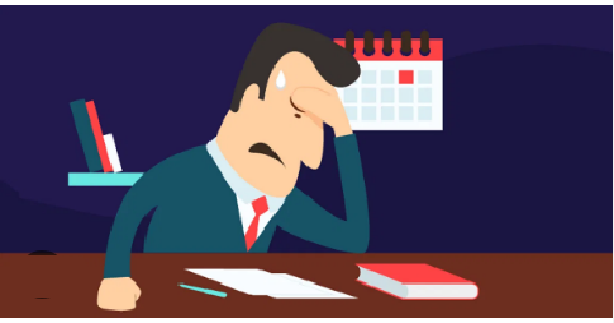One of the big problems that many businesses face is the high level of fixed expenses. Fixed expenses are the costs that do not change regardless of the level of sales or production. Examples of fixed expenses are rent, salaries, insurance, utilities, and depreciation.
Fixed expenses can pose a serious challenge for businesses, especially in times of economic downturn or low demand. When sales or production decrease, the revenue also decreases, but the fixed expenses remain the same. This means that the profit margin shrinks, and the business may not be able to cover its costs.
If this situation persists for a long time, it may lead to the closure of businesses.
Therefore, it is important for businesses to find ways to reduce their fixed expenses or increase their revenue in order to survive and thrive in the market.
Solution.
Variable expenses help businesses to adjust their costs according to their revenue. When sales or production increase, the variable expenses also increase, but so does the revenue. When sales or production decrease, the variable expenses also decrease, reducing the impact on the profit margin.
Therefore, one of the strategies that businesses can use to cope with fixed expenses is to reduce them as much as possible and increase their proportion of variable expenses. This can be done by outsourcing some functions, leasing equipment instead of buying it, negotiating flexible contracts with suppliers and employees, and using renewable energy sources.
By doing so, businesses can improve their financial flexibility and resilience in the face of changing market conditions and customer preferences. They can also increase their competitiveness and profitability in the long run.
Read about why you need a business consultant!

